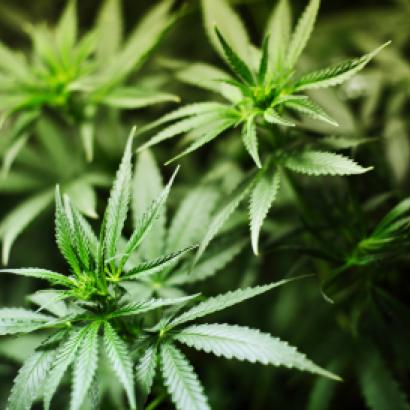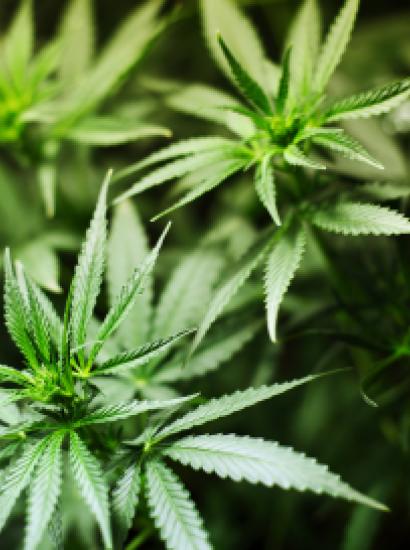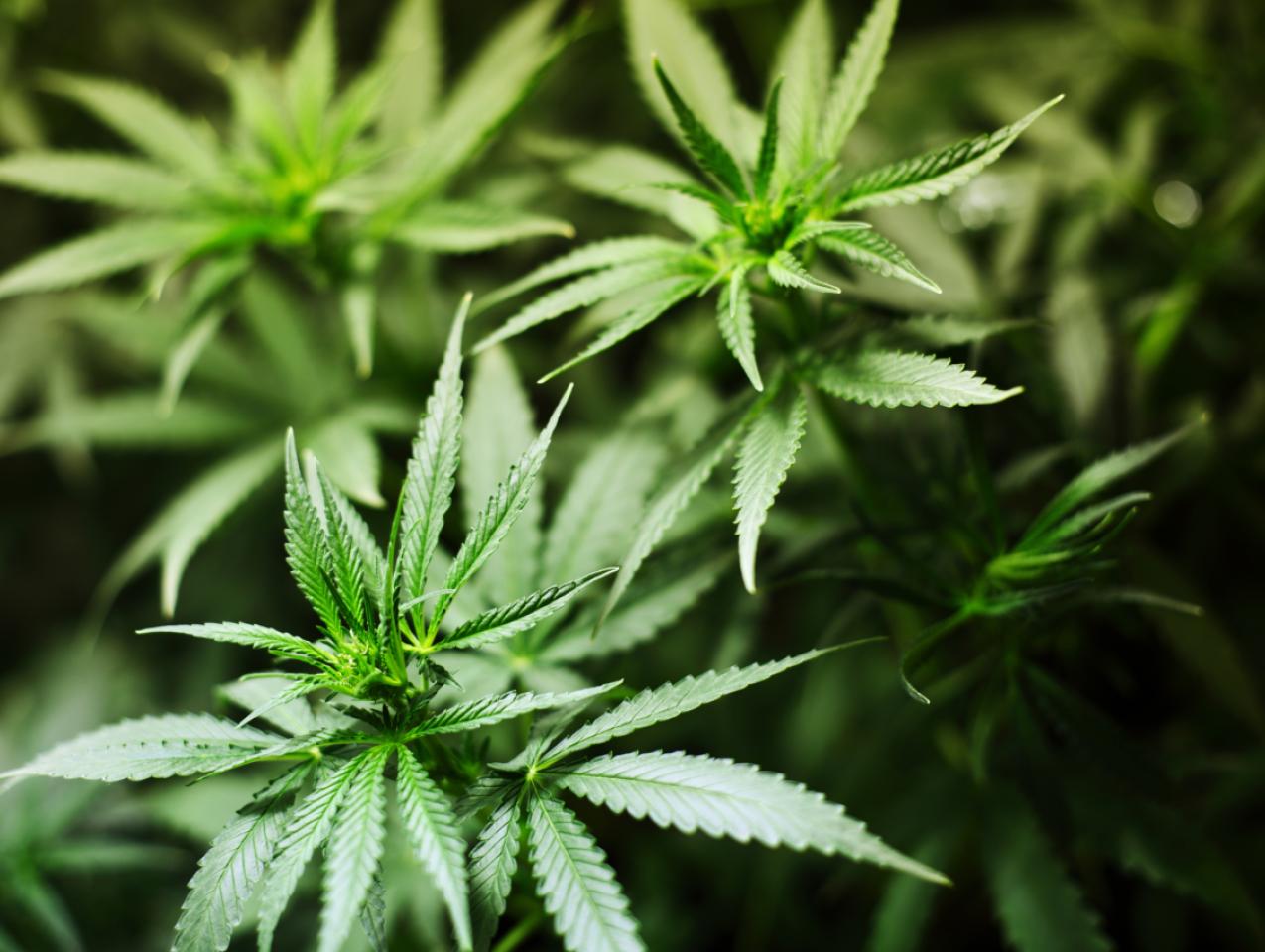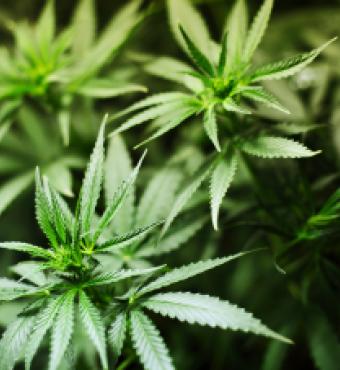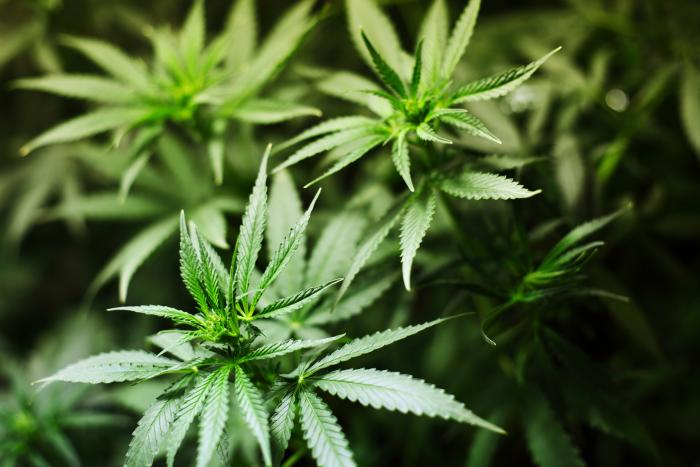A lingering memory from a past life working in the California governor’s office is the annual burning of rice straw left over from the Sacramento Valley’s harvest—not exactly a delight for the senses anytime a layer of cold autumn air traps the pungent smoke at a lower altitude and sends it wafting over the state Capitol.
Such will be the case in some parts of California this week: clouds of acrid smoke coming not from rice fields but from a different California cash crop. That’s because Thursday is April 20, or “420 Day.” In cannabis culture, “420” is slang for marijuana and hashish consumption. (As for how that term came about, here’s an explanation.)
Actually, it’s not like the entire Golden State will be up in smoke. But there are some areas that non-aficionados are better off avoiding (San Francisco’s “Hippie Hill” is one such example).
That said, it seems an opportune time to examine the state of California’s cannabis industry as we approach the seven-year mark of California voters approving Proposition 64 and legalizing recreational marijuana use.
First, a little background on how legalization came to be in America’s most populous state. (In all, twenty-one states—along with the District of Columbia and Guam—have legalized recreational marijuana use.)
In 2010, California voters rejected Proposition 19, which would have allowed adults (age twenty-one and over) to possess up to one ounce of marijuana for personal consumption (the intake restricted to non-public sites—i.e., homes and cannabis dispensaries). One of the non-supporters of that measure was then San Francisco mayor Gavin Newsom, also on the statewide ballot as a candidate for lieutenant governor.
Six years later, and now preparing for a gubernatorial run, Newsom was not just pro-legalization, but a very public voice in support as he campaigned up and down the state for the passage of Proposition 64 (in the process laying the groundwork for his 2018 gubernatorial campaign).
Not that all prominent California Democrats were on board with legalization at the time. Sen. Dianne Feinstein was an opponent (she worried about marijuana ads on prime-time TV). Then-governor Jerry Brown likewise wasn’t a fan. (Years before, Brown asked: “How many people can get stoned and still have a great state or a great nation?”)
But such skepticism wasn’t the case with Newsom, who not only championed the cause but treated it as a “joint venture” (in the political sense) with California’s cannabis industry. The future governor went so far as to tell Billboard Magazine, “Put it this way: Everything that goes wrong, you’re looking at the poster child.”
As it turned out, plenty did go wrong. That’s because Proposition 64 contained at least two design flaws.
First, as is the case with most other states that legalized recreational marijuana, the government in Sacramento ceded control to local jurisdictions. That opened the door to classic California NIMBYism—communities arbitrarily deciding whether to allow marijuana dispensaries and other “weedy” endeavors (for example, “cannabis consumption lounges” that are spread across Los Angeles).
An example of this is Stanford University and upscale Palo Alto. One would think an exclusive private university and a progressive-minded town where median household income hovers around $200,000 would be prime turf for cannabis turf. Instead, the city council “just said no” to marijuana dispensaries and weed-related businesses (though deliveries from nearby towns are allowed).
Second, as is true with many aspects of the California existence, the state overdid it on taxes and overregulation.
In California, marijuana growers looking to stay on the up-and-up with the state government were asked to pay a cultivation tax of $9.25 per ounce of flowers and $2.75 per ounce of leaves (here’s an explanation as to how a cannabis plant is cultivated). On top of that, an additional 15 percent tax was placed on the retail sale of marijuana products.
What soon occurred: a vibrant underground economy (especially in the “Emerald Triangle” in the northwestern corner of the Golden State) in which growers either don’t cooperate with the state or report only a portion of their produce to the state while selling the rest on the black market.
Either way, it means lots of revenue that won’t be going into the state’s coffers. Last year, legal cannabis sales in California reached $5.3 billion, which was 8 percent less than the previous year according to the California Department of Tax and Fee Administration, the first-time decline in such recorded sales.
And the black market? Closer to $8 billion, some industry analysts claim.
Enter Newsom and the state Legislature with a market correction: in 2021, they agreed to kill the weight-based cultivation tax. It was part of a broader package of sweeteners meant to give legal growers a boost ($20 million for certain storefront retail and microbusinesses; $20 million for so-called cannabis “equity operators”). Missing from Sacramento’s rush to mend an ailing cannabis industry: reform of the California Environmental Quality Act, whose regulatory hurdles have frustrated legal cannabis growers.
Meanwhile, the powers-that-be in Sacramento also came up with sticks to go along with the carrots. Newsom and lawmakers agreed to five-figure fines and the threat of civil action for individuals caught running noncompliant operations. The governor also created a Unified Cannabis Enforcement Task Force (try this for gubernatorial gobbledygook: a “new multi-agency, cross-jurisdictional task force to better coordinate agencies using a wide array of statutory authorities as they work collectively to strategically address illegal cannabis operations, including transnational criminal organizations”).
The problem with such an approach: California’s “G-Men” (that’s “g” as in ganja) are in a situation not unlike the federal agents who waged a losing war against Prohibition nearly a century ago.
Last October, for example, members of the state’s Department of Cannabis Control’s Law Enforcement Division and the California Department of Fish and Wildlife targeted unlicensed outdoor marijuana cultivators in rural Tuolumne County (home to Yosemite Park). They succeeded in eradicating over 1,000 illegal cannabis plants and destroyed over 5,200 pounds of illegally processed cannabis flowers: in all, a retail value of $15 million. However, that $15 million seizure constitutes but one-fifth of 1 percent of the estimated $8 billion illegal market in California.
If economic stimuli and promises of enforcement measures don’t prove to be a cure-all for California’s cannabis industry, there’s a third avenue currently under consideration: create an export market.
In January, officials from California’s Department of Cannabis Control sent an eight-page letter to state attorney general Rob Bonta making the legal argument for California legally moving cannabis products across state lines (here’s the letter). That was only a few months after Newsom signed a bill establishing criteria for California entering into interstate cannabis commerce pacts.
But moving forward with such pacts assumes agreement from the federal government not to meddle in the states’ affairs (an anti-legalization administration, for example, could withhold state funds). And it assumes the Biden administration would give the concept its blessing as a contentious presidential election approaches.
While some surveys show support for marijuana legalization at a record high (no pun intended), it’s worth noting that it’s not as popular in the crucial swing state of Georgia. While Arizona legalized cannabis in 2020, another swing state, Wisconsin, is something of a nonlegal island.
Where does this leave California? In some corners of the state, a compromise of sobriety on “420” thanks to what’s for sale on the street and behind the counter (if you’re stopping by a Fatburger restaurant, beware the cannabis ketchup).
As for California cannabis growers, the situation is anything but a euphoric high. According to state data, California has 1,766 fewer cultivation licenses (permission to grow) than it did at the beginning of 2022. Over the same period, California lost 23 percent of its total legal canopy (the combined size of all legal cannabis grown). That translates to about 19 million square feet of cannabis farming—roughly the size of 330 football fields.
Does that mean that the Golden State’s cannabis industry is going up in smoke? Probably not. But it is yet another reminder of the perils of smoke-and-mirror ballot measures.








